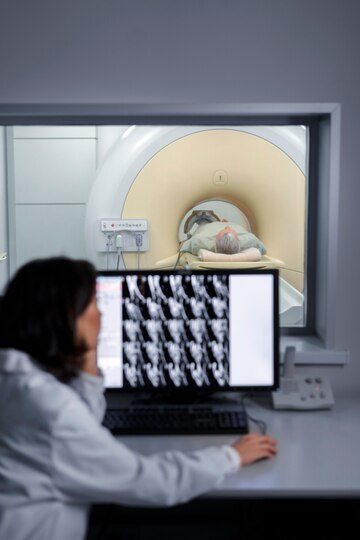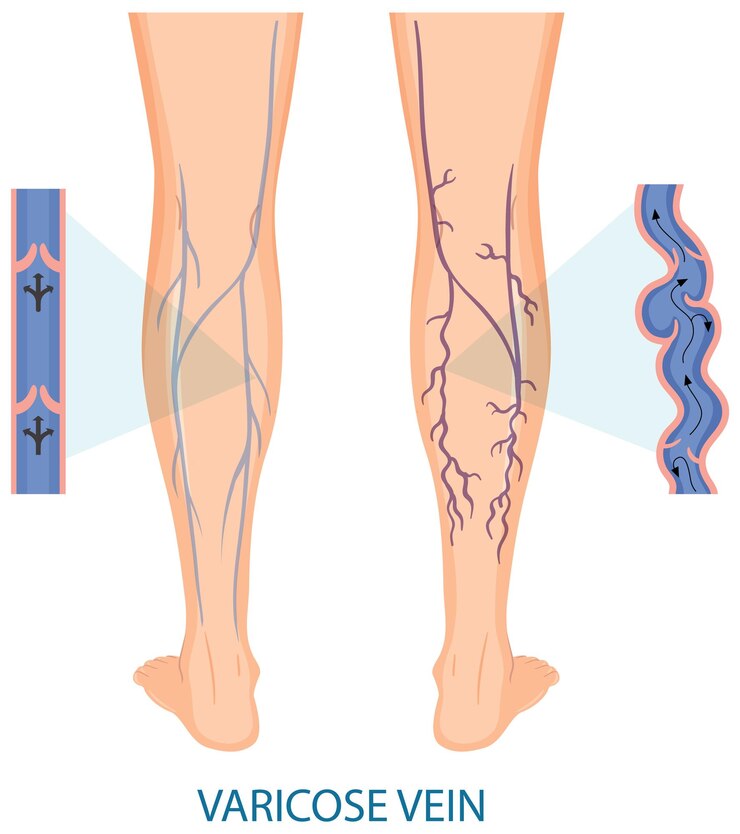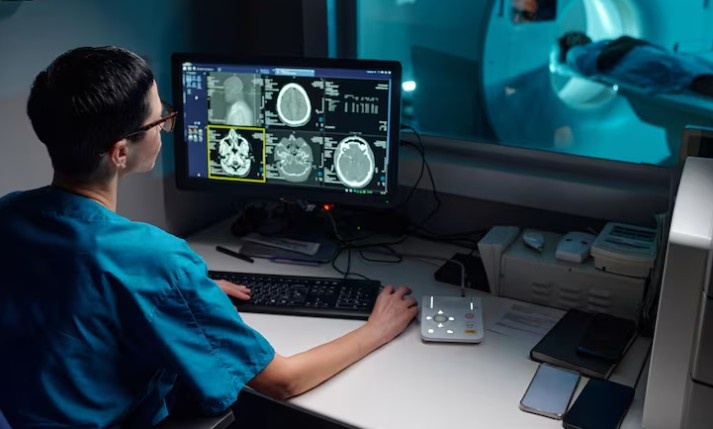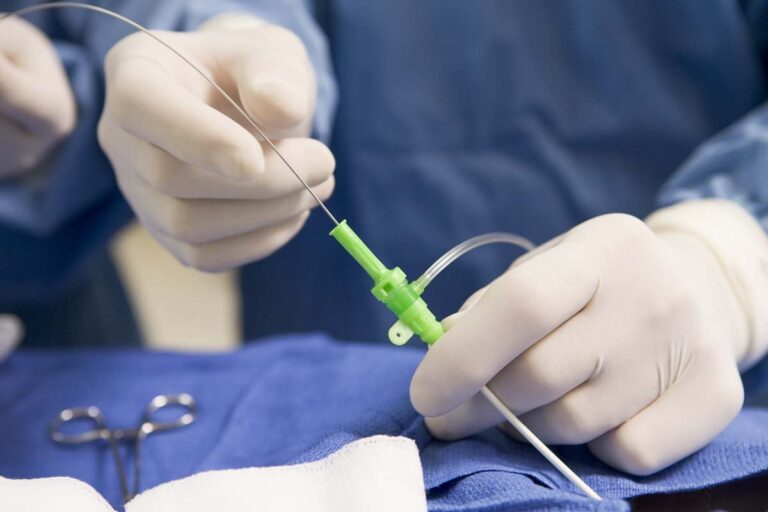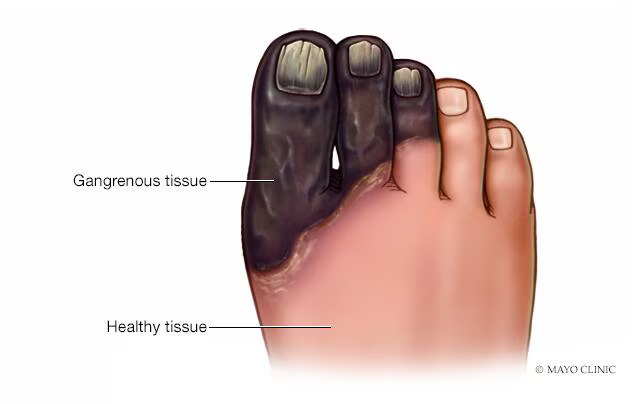Advancements In Biopsy Technology And Techniques
Biopsies play a crucial role in diagnosing various medical conditions, including cancer, infections, and autoimmune diseases. Traditional biopsy methods involve the removal of a small tissue sample for examination, which can sometimes be invasive and painful. However, advancements in biopsy technology and techniques have revolutionized the field, making the process more efficient, accurate, and less invasive. This article explores the latest developments in biopsy technology and techniques, highlighting their benefits and implications for patients and healthcare providers.
Minimally Invasive Biopsy Techniques
Modern biopsy methods prioritize patient comfort and safety while maintaining diagnostic accuracy. Minimally invasive techniques offer several advantages, such as shorter recovery times and fewer complications.
1. mage-Guided Biopsy
Ultrasound-Guided Biopsy: This technique uses ultrasound imaging to guide the needle to the target area. It is commonly used for breast, thyroid, and liver biopsies.
CT-Guided Biopsy: Computed tomography (CT) imaging helps locate the precise biopsy site, making it ideal for deep or hard-to-reach areas such as the lungs or abdomen.
MRI-Guided Biopsy: Magnetic resonance imaging (MRI) provides detailed images of soft tissues, aiding in the accurate targeting of the biopsy site, especially in the prostate and brain.
2. Fine Needle Aspiration (FNA)
- Description: FNA involves using a thin, hollow needle to extract a small sample of cells or fluid from a lump or mass.
- Applications: It is commonly used for thyroid nodules, breast lumps, and lymph nodes.
- Benefits: FNA is a quick and relatively painless procedure with minimal risks.
Liquid Biopsy: A Non-Invasive Breakthrough
Liquid biopsy represents a significant advancement in diagnostic technology, allowing for the analysis of blood or other bodily fluids to detect genetic material from tumors or other diseases.
Key Features of Liquid Biopsy
- Early Detection: Liquid biopsy can identify circulating tumor cells (CTCs) or cell-free DNA (cfDNA), providing early detection of cancers and other diseases.
- Monitoring Treatment: This technique allows for real-time monitoring of treatment response and disease progression.
- Guiding Personalized Medicine: Liquid biopsy can identify specific genetic mutations, guiding targeted therapies for cancer patients.
Improved Histopathological Analysis
Advances in imaging and analysis techniques have enhanced the accuracy and speed of histopathological examination, which is crucial for diagnosis.
1. Digital Pathology
- Description: Digital pathology involves capturing high-resolution images of tissue samples for remote analysis and consultation.
- Benefits: This approach enables collaboration between pathologists and allows for faster and more accurate diagnoses.
2. AI-Powered Analysis
- Artificial Intelligence (AI): AI algorithms can analyze digital images of biopsied tissue, identifying patterns and anomalies with high precision.
- Impact: AI-powered analysis accelerates the diagnostic process and may reduce human error.
Advances in Molecular and Genetic Testing
Molecular and genetic testing techniques have become integral to biopsy analysis, providing deeper insights into disease mechanisms and guiding treatment plans.
1. Next-Generation Sequencing (NGS)
- NGS: This technology allows for the rapid sequencing of large portions of DNA, providing detailed information about genetic mutations.
- Applications: NGS is used in cancer diagnostics to identify mutations that may influence treatment decisions.
2. Fluorescence In Situ Hybridization (FISH)
- FISH: This technique uses fluorescent probes to detect specific genetic abnormalities within cells.
- Usage: FISH is particularly useful in diagnosing certain types of cancer, such as leukemia and lymphoma.
Combining Techniques for Comprehensive Diagnosis
Modern biopsy approaches often involve combining multiple techniques to achieve a comprehensive diagnosis.
1. Core Needle Biopsy with Imaging Guidance
- Description: Core needle biopsy uses a larger needle to obtain a larger tissue sample for analysis.
- Combination: Combining this method with image guidance enhances precision and minimizes complications.
2. Liquid Biopsy with Traditional Biopsy
- Synergy: Combining liquid biopsy with traditional tissue biopsy can provide a more complete picture of a patient’s condition, aiding in personalized treatment plans.
Conclusion
Advancements in biopsy technology and techniques have transformed the diagnostic landscape, offering patients and healthcare providers more options for accurate, efficient, and less invasive procedures. From image-guided biopsies to AI-powered analysis, these innovations are improving patient outcomes and revolutionizing medical diagnosis.
By working with skilled professionals, such as the Interventional Radiologist in Sector 79 and the Best Interventional Radiologist in Noida, patients can benefit from the latest biopsy advancements and receive the best possible care. As research and technology continue to evolve, the future of biopsy procedures holds even greater potential for improved diagnostics and patient care.
For any further queries, Plz visit drankitinterventionalradiologist.com


